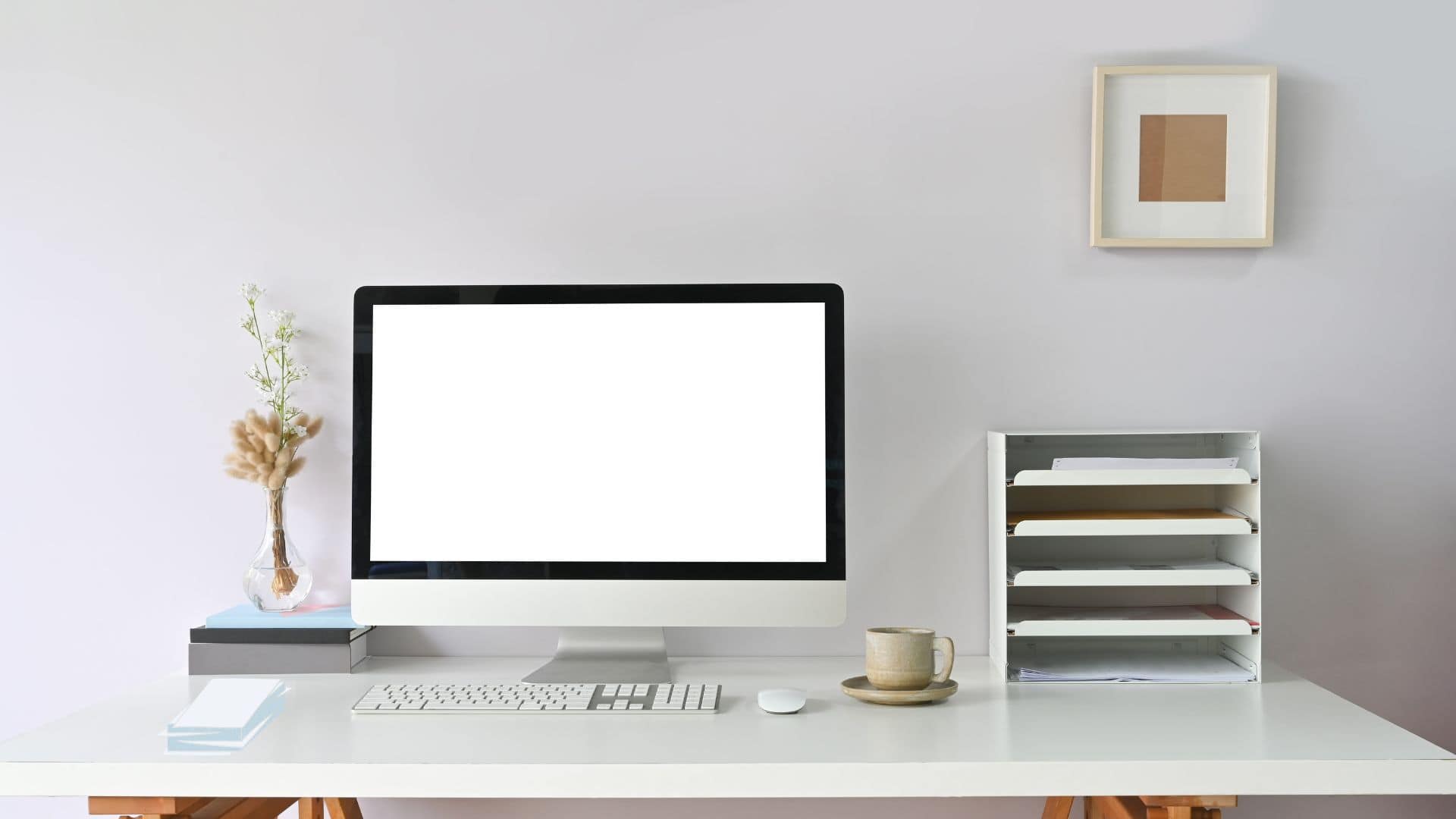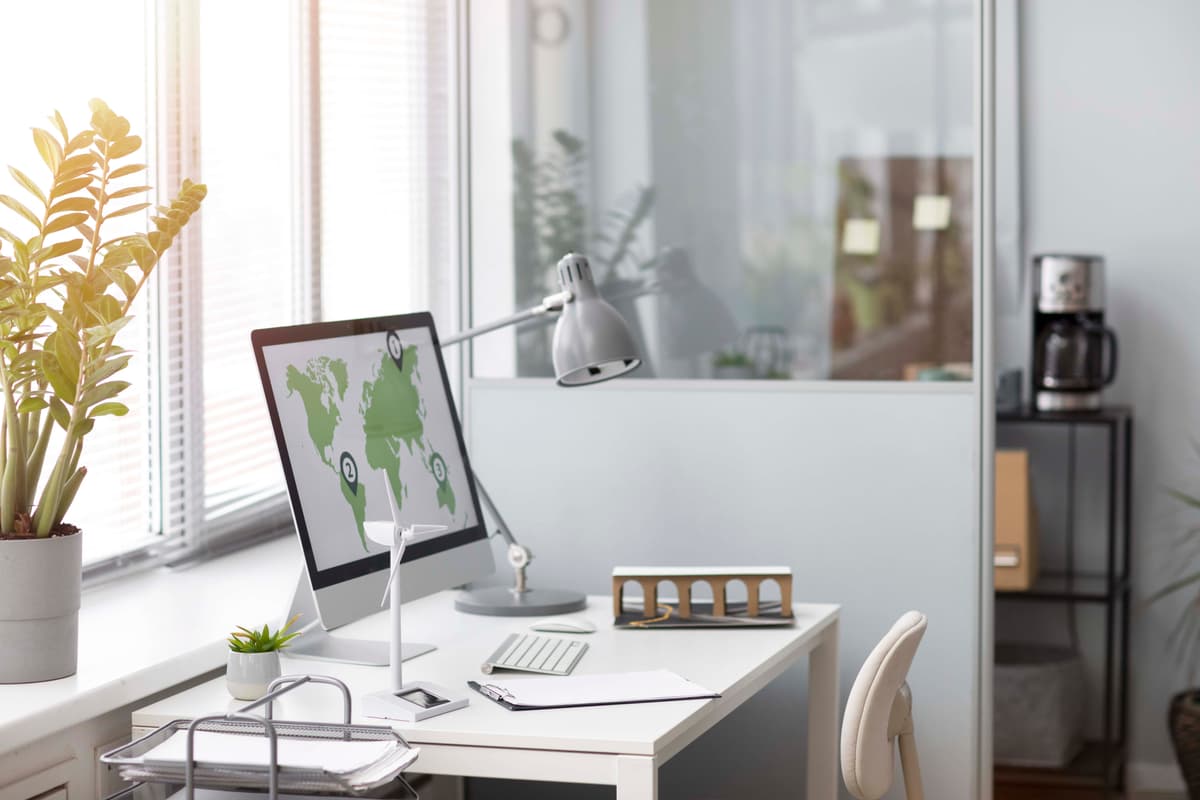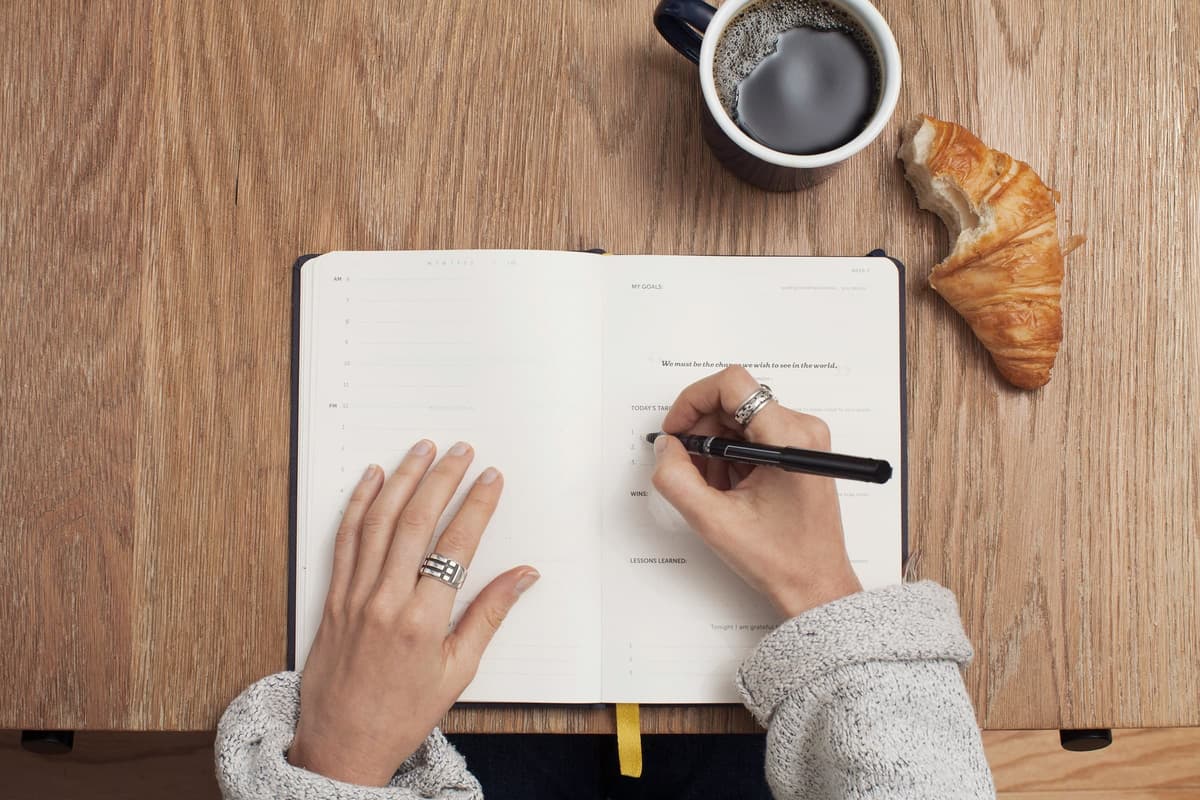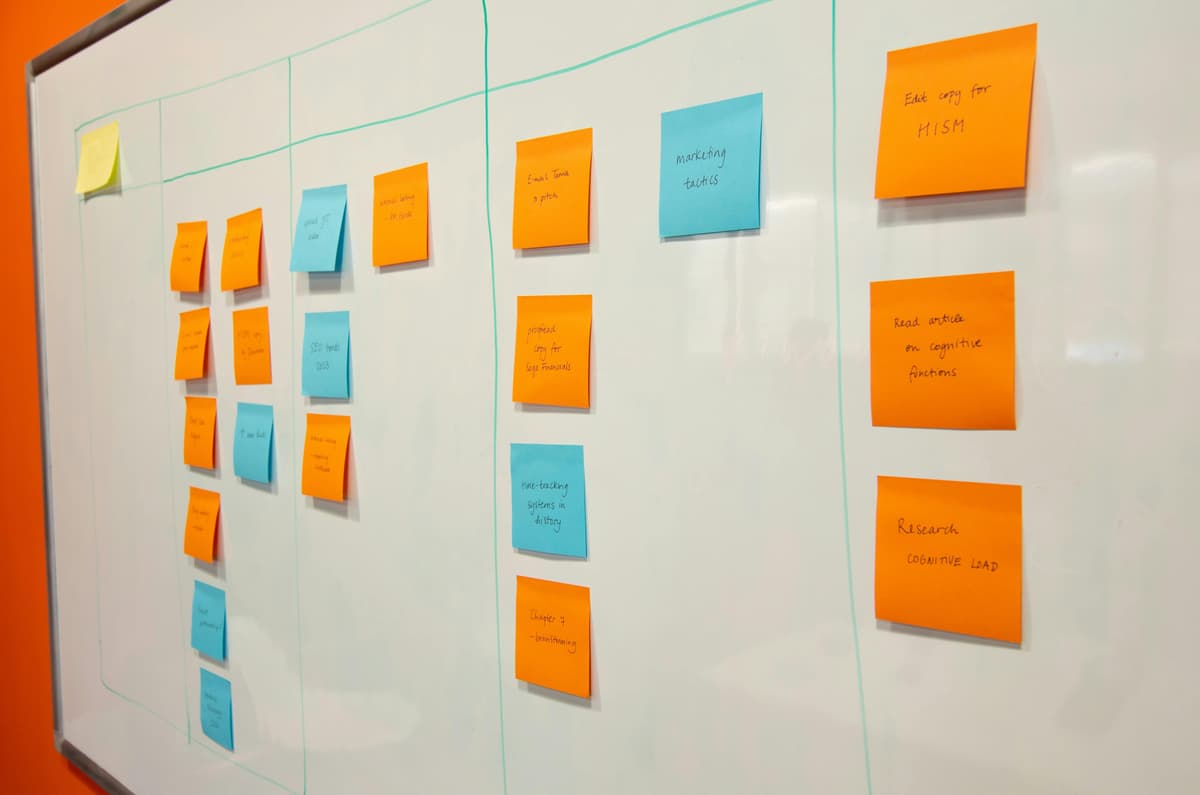
Working in a cluttered office can feel like trying to run a marathon with a backpack full of rocks. It’s distracting, stressful, and definitely not helping you get things done. Whether your desk is drowning in paperwork or your computer’s a mess of files you can never find, it’s hard to be productive when you’re surrounded by chaos. But it doesn’t have to be that way! With just a few simple changes, you can turn your office into a space that’s not only organized but also makes you feel good about getting to work.

A cluttered desk can lead to a cluttered mind. Start by removing everything from your desk, then only put back the items that are essential for your daily work. This might include your computer, a notepad, a pen holder, and any other frequently used items. Keeping your workspace clear helps you stay focused and reduces distractions.
A well-organized filing system is key to keeping your office in order. Whether you prefer physical folders or digital files, make sure everything is labeled clearly and stored in an orderly manner. This way, you can quickly find the documents you need without wasting time searching through piles of papers or disorganized digital folders.
Not all tasks are created equal, so it’s crucial to prioritize your work. Start by listing all your tasks, then rank them based on importance and urgency. Tackling the most critical tasks first ensures that you’re always focused on what matters most, helping you to stay productive and manage your time effectively.
To prevent paper or email clutter from piling up, adopt the “one touch” rule. This means that whenever you handle a piece of paper or receive an email, you should decide what to do with it right away—either take action, file it, or discard it. This approach helps keep your workspace and inbox clean and manageable.

Having a daily schedule can transform the way you work. By planning your day and assigning specific times to each task, you can stay on track and ensure that nothing important slips through the cracks. Use time-blocking techniques to focus on one task at a time and avoid multitasking, which can reduce productivity.
Ongoing projects can easily get lost in the shuffle if they’re not organized properly. Keep each project in its own binder or folder, clearly labeled with the project name and any relevant details. This way, you can quickly pick up where you left off and keep all related materials in one place.
Just as physical clutter can bog you down, so can digital clutter. Take the time to organize your computer files into clearly labeled folders and regularly back up important documents. This ensures that you can find what you need quickly and protects your work from being lost due to technical issues.
Having to constantly search for supplies can disrupt your workflow. Keep the items you use most often, such as pens, notepads, and staplers, within arm’s reach. Use desk organizers, drawer dividers, or trays to keep everything neat and easily accessible, so you can stay focused on your work.
Labels are your best friend when it comes to staying organized. Label your files, shelves, and storage boxes so you can quickly find what you need without having to dig through piles of unmarked items. Clear labeling saves time and reduces the frustration of not being able to locate needed materials.
A clean workspace is indispensible for maintaining productivity. Spend a few minutes at the end of each day tidying up your desk, putting away loose papers, and wiping down surfaces. This small habit helps you start each day with a fresh, organized space, setting the tone for a productive day ahead.
Your physical environment plays a big role in how well you work. Invest in comfortable furniture that supports your body, and make sure your workspace is well lit and free from unnecessary distractions. A comfortable, well-designed office can boost your mood, reduce fatigue, and increase your overall productivity.

To get more done, create a “no distractions” zone in your office. This could be a specific part of your desk or even a separate room where you focus solely on work tasks. Remove or minimize distractions in this area, such as mobile devices, excessive decor, or anything else that might pull your attention away from the task at hand.
Incoming mail and paperwork can quickly become overwhelming if not managed properly. Set up a system for sorting and processing these items as soon as they arrive. Use an in-tray for items that need immediate attention and create folders or bins for documents that can be filed or dealt with later.
Visual aids like whiteboards or bulletin boards can help you stay on top of tasks and deadlines. Use these tools to jot down dates, reminders, and goals where you can easily see them. This visual organization can keep you focused and motivated as you work through your to-do list.
An organization system isn’t set in stone. As your work habits and responsibilities change, take time to review and adjust your system to make sure it’s still working for you. Regularly revisiting your organizational methods allows you to refine them and stay on top of your game.
An organized office is the foundation for increased productivity, reduced stress, and a more focused work environment. By implementing these 15 organizing tips, you can create a workspace that not only looks tidy but also functions efficiently, allowing you to get more done with less effort.